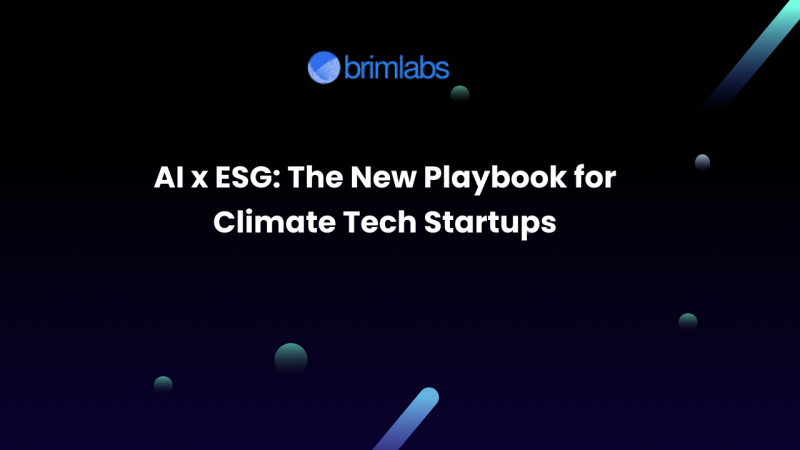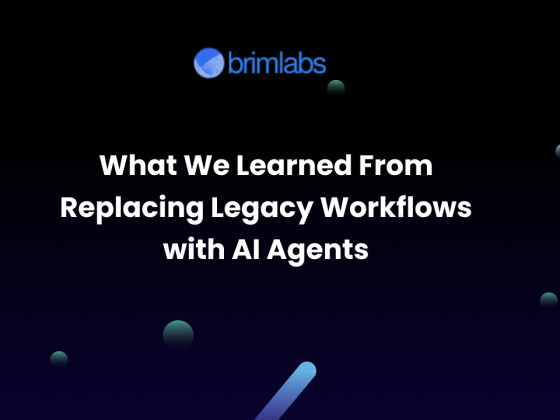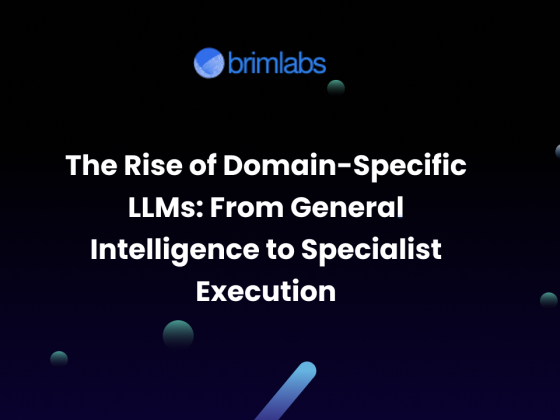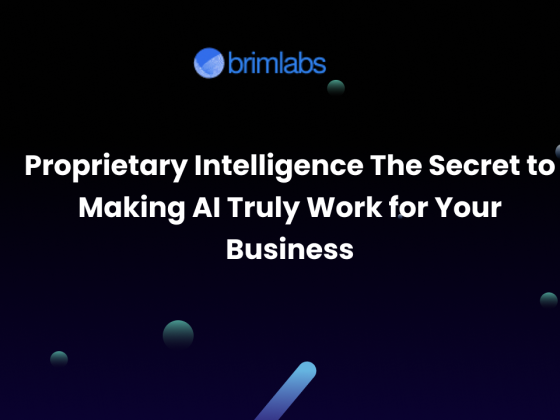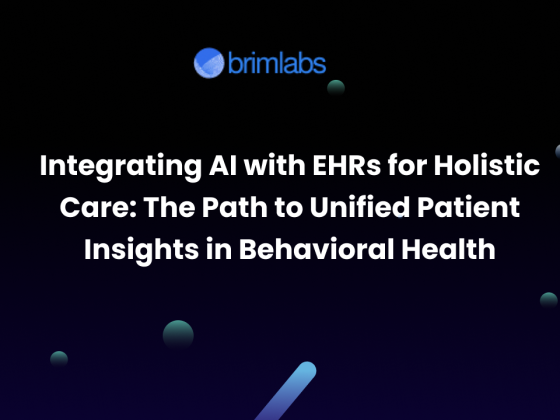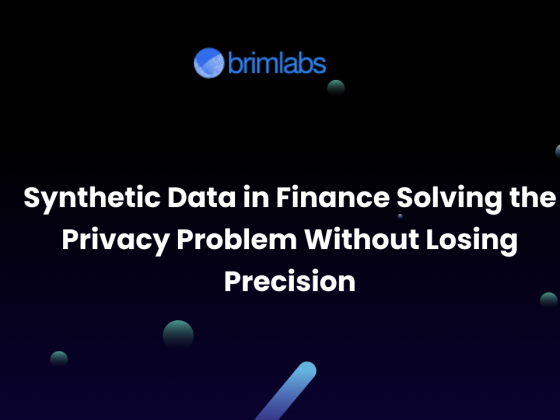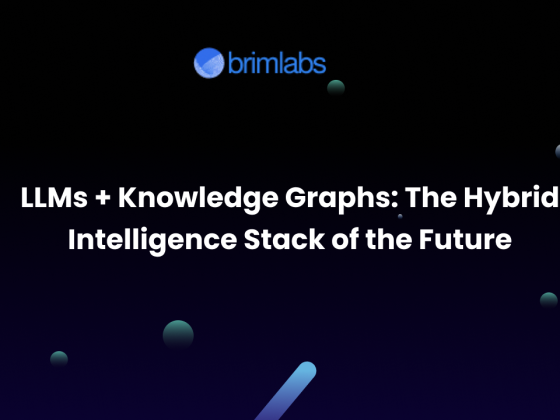In 2025, climate tech and AI are no longer operating in silos. They are merging to form a powerful engine for sustainability, risk intelligence, and operational transformation. And for startups focused on ESG (Environmental, Social, and Governance), this convergence is not just a trend, it’s the foundation of the next wave of innovation.
Legacy ESG tools were built for compliance. The new wave is being built for intelligence, automation, and scale.
At Brim Labs, we work with founders reimagining ESG as a dynamic, AI-powered layer, not just a reporting framework. This blog unpacks the key ways AI is revolutionizing ESG, what climate tech startups need to build today, and why this moment matters.
The Old Playbook: Fragmented, Manual, Reactive
Many companies still rely on outdated tools like:
- Spreadsheets for emissions tracking
- Static reports updated annually
- Manually written compliance documents
- One-size-fits-all ESG scoring platforms
In a world where climate risk is accelerating and regulations are tightening, these tools simply don’t scale. Investors and enterprises are demanding real-time visibility, smarter recommendations, and actionable insights, not just metrics.
The New Playbook: AI-Driven, Connected, and Automated
Here’s how AI is changing the ESG game:
1. Real-Time Emissions Intelligence
AI can process satellite imagery, IoT sensor data, and external benchmarks to calculate emissions and environmental impact, not once a year, but continuously. This enables climate platforms to offer live ESG snapshots.
2. Predictive Climate & Financial Risk
By applying machine learning to regional climate models, supply chain inputs, and utility data, AI can forecast flood risk, asset depreciation, or retrofit ROI, creating risk-aware product offerings for end users.
3. Automated ESG Reporting
LLMs can automatically generate disclosure-ready documents aligned with frameworks like GRI, TCFD, CSRD, and SEC Climate Rule, drastically reducing manual effort and compliance lag.
4. Optimization & Planning Tools
Simulation and reinforcement learning models can optimize energy retrofits, clean power integration, and procurement plans, making ESG a source of competitive advantage, not just a checkbox.
Pelt8: A Real-World Look at the Future
Pelt8 is one of the startups leading this new frontier. Their ESG platform simplifies sustainability workflows, combining data automation with reporting orchestration for mid-sized and large companies.
What sets Pelt8 apart isn’t just automation; it’s their ambition to use AI to surface ESG risks, generate intelligent reports, and help businesses act faster. Platforms like Pelt8 are proof that ESG can be fast, intelligent, and deeply integrated into core operations.
At Brim Labs, we take similar principles to help climate tech founders build products that do more than track, they advise, predict, and activate.
What Should Climate Tech Startups Build in 2025?
If you’re working in:
- Green building technologies
- Climate risk insurance
- Sustainable supply chain platforms
- Renewable energy marketplaces
- ESG analytics or compliance tools
, then AI is your multiplier. Your platform should evolve from static reporting to decision-making infrastructure.
What Should Your ESG-AI Stack Look Like?
To build a truly intelligent ESG platform, your architecture should include the following four layers:
1. Data Layer
This is the foundation of your platform, integrating diverse sources such as IoT sensor feeds, weather APIs, building energy consumption data, and supply chain inputs. Clean, structured data pipelines are critical for accurate downstream intelligence.
2. ML and AI Layer
This layer powers the core intelligence. It includes models for carbon emissions forecasting, financial impact simulations, and natural language processing to automate ESG reporting. The goal here is to generate actionable insights, not just raw outputs.
3. Agent Layer
AI agents and orchestration logic live in this layer. They automate workflows, assign tasks, trigger alerts, and keep sustainability processes running smoothly, all without constant human intervention.
4. User Layer
The final layer focuses on how your users engage with the system. This includes intuitive dashboards, decision support tools, dynamic insights, and simulation interfaces that enable real-time “what-if” analysis for ESG strategies.
Challenges to Prepare For
- Data Diversity: ESG data comes from multiple formats and silos. Structuring it is the first AI challenge.
- Global Regulations: Europe’s CSRD, the US SEC rules, and voluntary standards are all evolving. Your AI systems must adapt.
- Model Governance: Transparency, explainability, and bias mitigation are not optional, especially in ESG.
Brim Labs helps you architect your AI systems with compliance and scale in mind, from day one.
Our Role at Brim Labs: Product Co-Builders for ESG Startups
We help you:
- Build domain-specific LLMs for compliance and policy automation
- Train AI models that assess emissions and risk dynamically
- Design agent-powered workflows for sustainability teams
- Launch MVPs in 8 weeks through our Fast Forward AI program
Our approach is not about dashboards. It’s about operating systems for ESG – intelligent, secure, and ready to scale.
Conclusion: From ESG Reporting to ESG Intelligence
The ESG opportunity is no longer just regulatory. It’s technological. The startups leading this space will be the ones who treat AI not as a feature, but as the engine.
If you’re building something bold at the intersection of AI and sustainability, now is the time to move fast and build smart.
Brim Labs is your product co-pilot for ESG innovation.
Let’s turn your vision into a platform that shapes the future. Book a strategy session or visit brimlabs.ai

